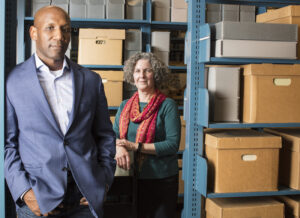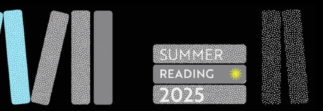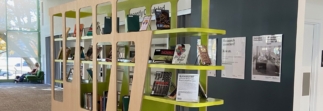
Craig Steven Wilder and Nora Murphy. Photo: M. Scott Brauer
In Fall 2017, the Institute launched a new two-semester course on MIT and Slavery. Co-taught by Craig Steven Wilder, the Barton L. Weller Professor of History, and Nora Murphy, archivist for researcher services, the class invited MIT undergraduates to do original archival research to investigate the Institute’s connections to slavery. Bibliotech asked Murphy to share her experiences working with these students.
Do you think MIT students bring a unique approach to this kind of research?
MIT students bring an MIT approach: They ask the same questions they consider when facing an engineering, design, scientific, management, or other problem. They dissect information to determine the “who, what, when, where, why, and how” of something. Watching the students’ growing understanding of the similarities between doing research in the humanities and in other disciplines has been wonderful.
Mahi Elango ’20 said she went into the class expecting not to find anything. Did the students have preconceptions about MIT’s connections to slavery? Did that affect the questions they chose to pursue?
I think there were mixed expectations, though all started with open minds. As their research unfolded, each began to find connections to slavery and slave economies that they had not anticipated. The connections are not initially obvious. MIT was founded two days before the start of the Civil War, and the first classes were not held until the waning months of the war in a Northern, heavily abolitionist state. However, when you reflect on the reliance of 19th-century textile and other Northern industries on the slave economies of the South, the connections become evident. It was very much a way of life in all parts of the American colonies and the fledgling United States and affected everyone. Students began by asking questions that interested them: Were there students from Southern states? How did the curriculum reflect MIT’s motto, “mind and hand?” Could you find voices of black students in student publications? Did MIT’s publications include the same racialized language used contemporaneously? What the students found was disturbing, and additional research will help us to better understand MIT’s 19th-century origins in context.
The course will continue to be offered, and students will add to this evolving history of the Institute. What are your hopes for the future of the project?
I hope that students will continue to approach the class with open minds and probing questions. Every question raises many more questions, and every “answer” deserves analysis. It’s part of MIT’s fabric to question, analyze, and apply what is learned to make the world a better place for everyone.
Watch the students present their findings at the “MIT and the Legacy of Slavery” community event

